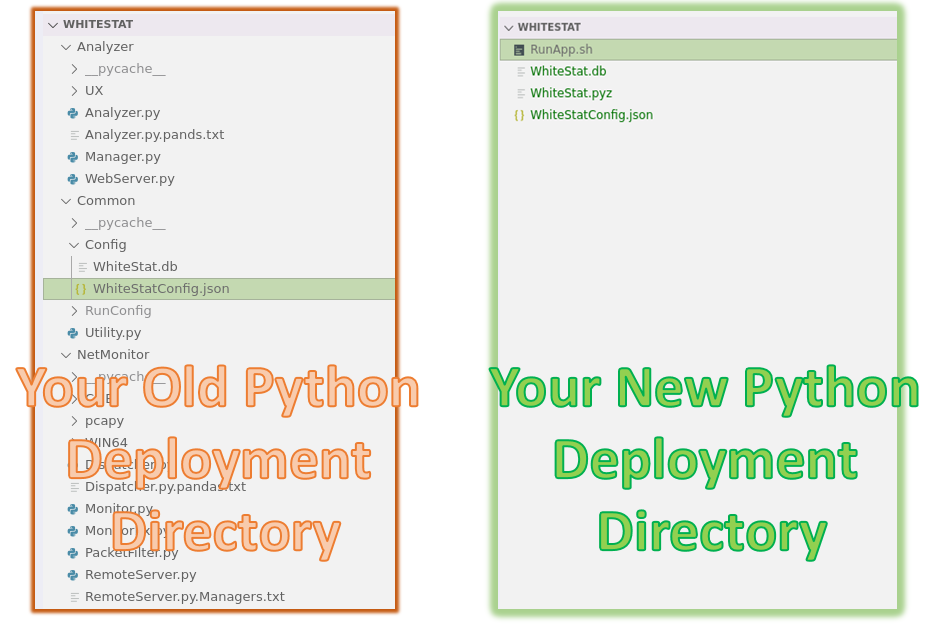A Lightweight Python Pre Compiler and Packager (As a single Package). with Added Support for Dependencies having C/C++ extensions. e.g. Numpy
Are You Tired of, with the below aspects of your Python Deployments?
* Concerned about sharing the Original Python Source code files for Deployment? (The source may highly prone towards tampering)
* Slow startup time of your Python App, due to the initial compilations
* Your deployment contains the whole hierarchy of Python Source, folders and associated files (which are Difficult to manage and update)
PyCompilePackge, Helps to make your Python Build/Deployments clean and compact by;
1. Pre-Compile all your python sources to Byte Codes
2. Package those Compiled Files in a Single PYZ Container file, with any associated resources
3. Deployment is as simple as, Copy this single PYZ file to Target Machines and run
This has the below advantages over the traditional python deployments;
* Original Python Source code is not shared, hence less chance for tampering
* Enjoy performance boosts, due to pre compiled source and faster startup time
* Easy and fast (re)deployments, as you don't have to deal with lot of files/folder hierarchies
* Chances for Individual file corruption post deployment is less, Since all files have packaged as a single PYZ file

